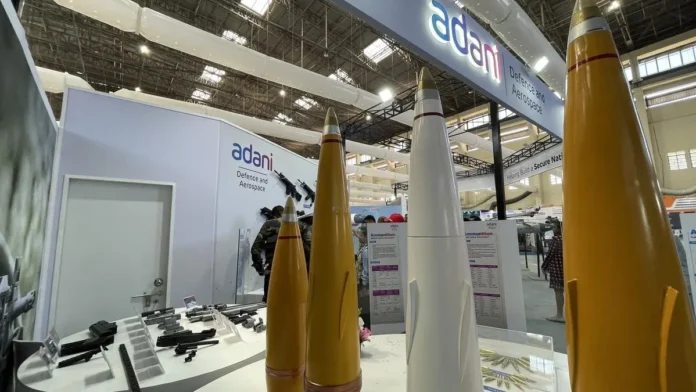India’s defence production has seen a remarkable growth in recent years, offering affordable alternatives to Western equipment. Despite missing its export goal for the fiscal year 2024, the Indian defence industry has shown great potential and progress. This is a significant achievement for a country that has historically been heavily dependent on imports for its defence needs.
The Indian government has been actively promoting indigenous defence production through its ‘Make in India’ initiative. This has not only boosted the country’s self-reliance in defence but also opened up new avenues for export opportunities. However, the recent data released by the Ministry of Defence revealed that India is unlikely to meet its target of achieving $5 billion in defence exports by 2024. While some may see this as a setback, it is important to note the positive growth in the defence production sector that has taken place despite this.
One of the main reasons for this growth is the emphasis on innovation and technology development in the Indian defence industry. The Defence Research and Development Organisation (DRDO) has been at the forefront of developing state-of-the-art defence equipment and technology. This has not only reduced the country’s dependence on foreign imports but also brought down the cost of defence equipment significantly.
Additionally, the government’s ‘Make in India’ initiative has attracted foreign investments in the defence sector, leading to the establishment of joint ventures and collaborations with Indian companies. This has not only given a boost to the domestic defence industry but also provided access to advanced technologies and expertise from the Western countries.
The growth in the defence production sector has also been driven by the private sector, with many Indian companies venturing into defence manufacturing. This has created a competitive market, leading to better quality products at affordable prices. From fighter jets to small arms, Indian companies are now producing a wide range of defence equipment, providing cost-effective alternatives to Western equipment.
Furthermore, the Indian defence industry has also seen a shift towards exports in recent years. In the last five years, India’s defence exports have grown by 700%, and the country has now become one of the top 25 exporters of defence equipment in the world. This is a significant achievement, considering the country’s limited experience in defence exports.
The Indian defence industry has also been successful in tapping into new markets and diversifying its export portfolio. The export of defence equipment to countries like Nepal, Mauritius, and Cambodia has seen a steady growth, and the government is actively exploring opportunities in other potential markets, such as Africa and Southeast Asia.
Moreover, the Indian defence industry’s focus on affordability has been a game-changer. With its cost-effective solutions, India is now able to compete with established players in the global defence market. This has not only boosted the country’s export potential but also made it an attractive destination for countries looking for affordable defence solutions.
In conclusion, despite missing its FY24 export goal, the Indian defence industry has made significant progress and achieved remarkable growth. The emphasis on indigenous production, innovation and technology development, foreign investments, and export diversification has led to this success. India is now well-positioned to become a major player in the global defence market and offer affordable alternatives to Western equipment. With continued efforts and support from the government, the Indian defence industry is on the right path towards achieving its export goals and contributing to the country’s economic growth.


